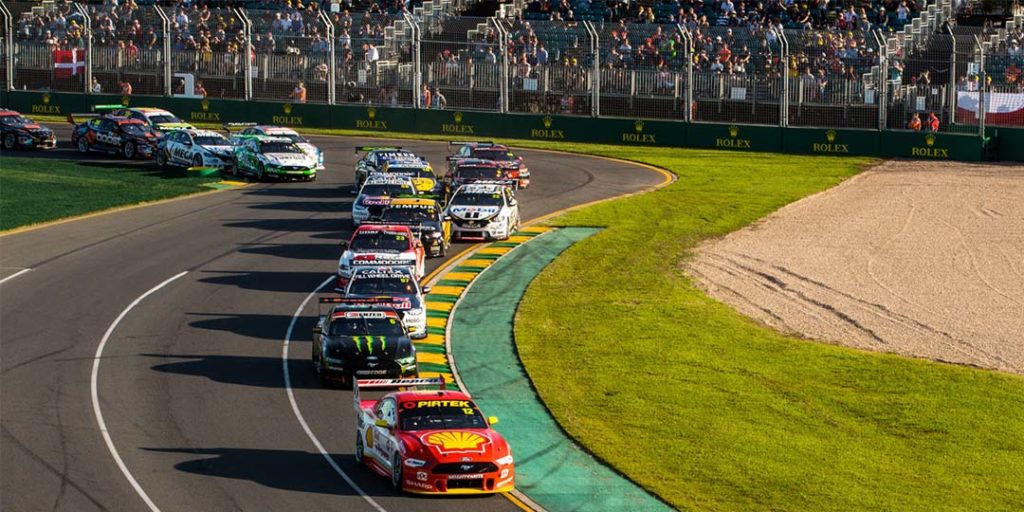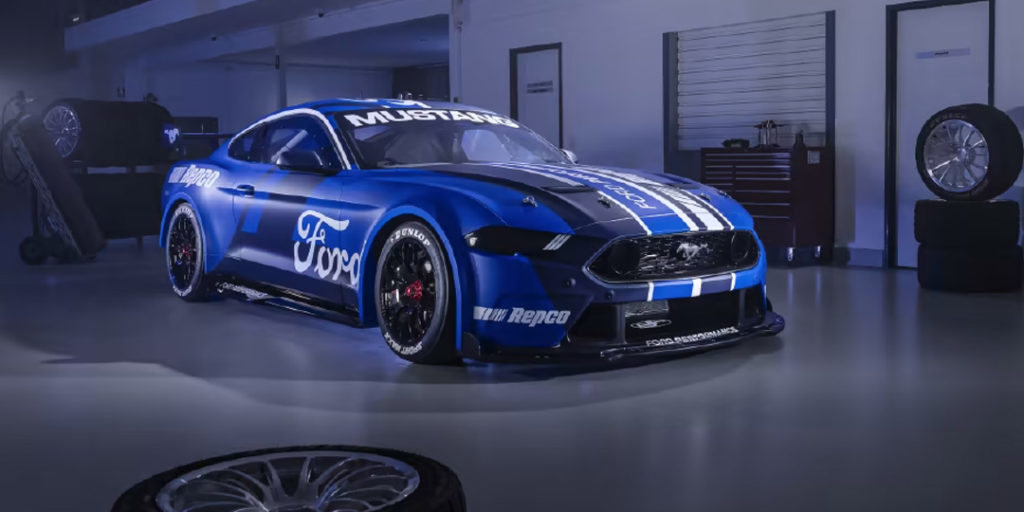
Before I answer this, I have three questions for you:
1. Have you watched Drive to Survive
2. Did you watch or attend the Australian Grand Prix
3. Have you watched a Supercars race this year?
Most Australians would answer yes to at least two of these, with the Netflix series turning into a cultural phenomenon and the Australian GP being the event of the year. It is less likely that you would have answered yes to the third question, though I plan to show you why Supercars may be a real winner from the current Formula One gold rush.
For those unaware, Supercars is one of Australia’s leading professional sports and is supported by a loyal and parochial fan base across Australia – currently around 21% of the population or 4.4m people. The long-term challenge, as it is for most sports, has been how to introduce Supercars to younger fans. A TV show may hold the answer.

Despite Formula One and Supercars looking completely different in terms of the cars on the track, they have a lot in common. Strip out the off-track glamor and global tour of races, the fundamentals of both sports are much the same, they both have copious amount of strategy, tyres are stupidly important and team bosses dislike each other just as much.
These details have been pivotal to the success of Drive to Survive, what car they drive, is in my opinion is less important.
Moving forward the two big questions we need to answer are:
1. Has Drive to Survive contributed to the popularity of Formula One in Australia, of which the answer is emphatically – Yes. Media, attendance and fan interest data from the Australian Grand Prix show impressive results.
- Largest ever attendance at the Australian Grand Prix – 419,114
- National TV audience of 3.19m
- Among Non-Supercars fans, interest in F1 has grown significantly over the past two years (27% in 2020 up to 37% in 2022).

2. Does the current popularity of Formula One, convert to an increased level of interest for Supercars? This is a little more complicated…
- The percentage of non-Supercars fans who have heard something about Supercars in April was 5pts higher than same time last year (26%) – reflecting the fact more people are hearing about Supercars via its involvement in the Australian Grand Prix
- The buzz around the event converted to viewership, with 44% of non-Supercars fans watching at least some part of the Australian Grand Prix compared to 25% who watched the Bathurst 1000 in 2021

- Advocacy for Supercars in April was at its highest point since tracking began. Among Non-Supercars fans:
– More people were considering attending an event in the next 12 months– this is crucial in stimulating first time attendance, which is a key driver to long term support
– Non-fans were talking about Supercars more than they have done in the past – Word of mouth is the most effective form of advocacy, with the influence of family and friends also key to converting new fans
 To put the size of the prize into perspective, for every additional 1% a sport can increase interest, this yields an extra 200,000 people that they can engage as fans. Given Supercars featured heavily across all four days of the Australian Grand Prix it is safe to say that a few non-existing fans may have got their first taste of Supercars and may be ready to jump on as a fan.
To put the size of the prize into perspective, for every additional 1% a sport can increase interest, this yields an extra 200,000 people that they can engage as fans. Given Supercars featured heavily across all four days of the Australian Grand Prix it is safe to say that a few non-existing fans may have got their first taste of Supercars and may be ready to jump on as a fan.
Gemba’s view is that the next 12 months are crucial in Supercars directly benefitting from the current boom in Formula One’s popularity and capturing the next generation of Supercars fans. While Drive to Survive has been recently renewed for a further two seasons, its ability to whip non-motorsport fans into a frenzy will eventually wane.
How do we do this? Well, the back half of this season must be seized to show off the excitement and accessibility of Supercars in its current state. As this season’s largest events (Gold Coast, Darwin, Bathurst and Adelaide) are featured in the second half of the season the measure of success will be the number of new fans attending for the first time, as well as an uplift in those watching via Seven’s broadcast

The next strategic challenge is carrying this momentum in 2023 when Supercars will roll out two new cars that signal the biggest change to the look and feel the sport has seen in decades (take a look here). There are six weeks between the season launch and the Australian Grand Prix, if Supercars can capture the attention of the casual fan over this period, it will yield serious benefits when Formula One rolls into Albert Park.
Going back to the original question, 400,000 fans at the Australian Grand Prix does lead to more Supercars fans, in the short term. Proof that this audience can be converted to more valuable long-term fans is dependent on the success of engaging these fans over the next 12 months, and that will take a little longer to answer.